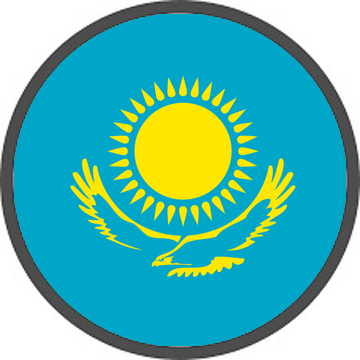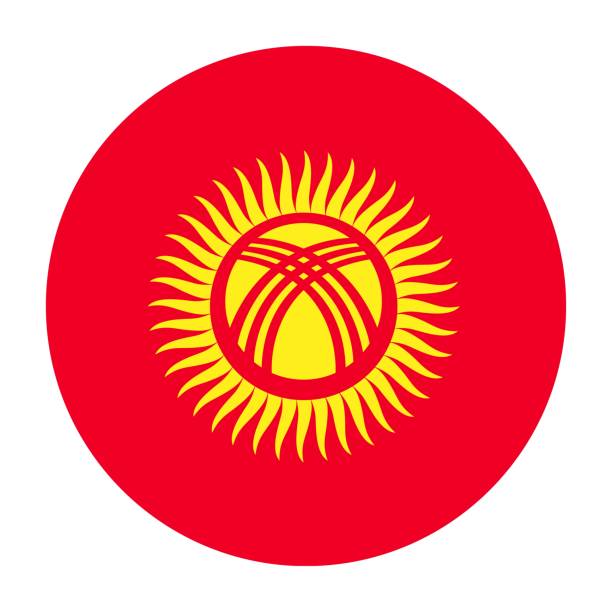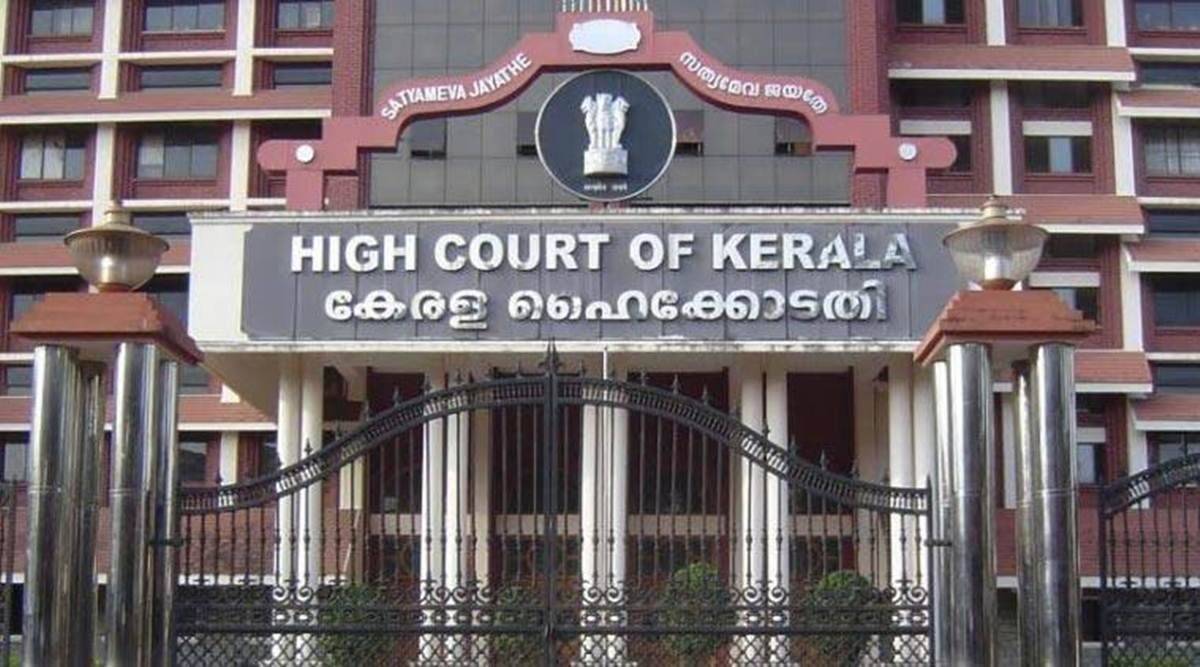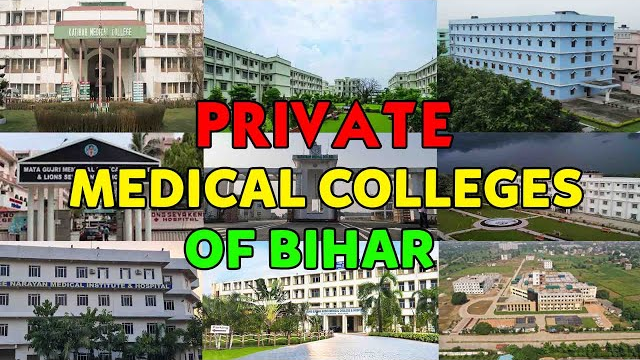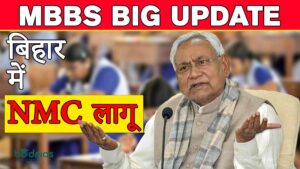India’s Union Budget 2023–24 (medical and engineering education)
India’s Union Budget 2023–24
In India’s Union Budget 2023–24, the Government of India took numerous initiatives to improve the quality of medical and engineering education in the country. These initiatives are likely to have a long-term impact on the quality of higher education in India and provide access to quality education for all students, regardless of their socio-economic backgrounds. This article will explore the initiatives taken by the government, its impact on medical and engineering education, and the various ways in which the government is looking to improve the quality of higher education in India
The Indian government has taken a number of initiatives to improve the quality of medical and engineering education in the country. These initiatives include the decision to open 157 new nursing colleges. These nursing colleges will be government nursing colleges that will be established with those medical colleges that have come up in the last six to seven years. Furthermore, ICMR, India’s top research lab, has opened labs for the government as well as for the faculties of private medical colleges. This will be beneficial for students and teachers of convent and private colleges, as they will be able to go for research in India’s top research labs.
Apart from this, the government has allocated funds for pharmaceutical research and has proposed to motivate research in the Center of Excellence in Pharmaceuticals as well. Furthermore, the budget for health education as a percentage of GDP has increased by 50% in the last 6–7 years, from 1.4% to 2.1%.
The government is also aiming to build a national digital library, especially for small children, to mitigate the loss suffered in school due to the COVID-19 pandemic. To this end, the government is planning to create a culture together with the National Book Trust and Children’s Book Trust, and the government is pushing for the promotion of English-language literature as much as possible. Furthermore, the government is also aiming to include many co-curricular titles in the regional language.
Moreover, a good initiative of the government is that of the Eklavya Model Residential School. This school currently has 740 schools open, with 3.5 million tribal students enrolled, and the government has promised to hire 38,800 teachers and support staff. This will be of great benefit to the students and to the academic development of tribal students.
In conclusion, the government’s initiatives in medical and engineering education are likely to have a significant impact on academic development in the country. These initiatives will greatly benefit the students and will help to create a culture of research and quality education in the country
In conclusion, the initiatives taken by the Indian Government in the 2023–24 Union Budget will have a positive impact on the country’s medical and engineering education in the long term. If you are interested in knowing more about the updates related to medical, engineering, law, management, and global education, you can subscribe to our different channels and social media platforms for more information. Thank you for landing on our page and for your support.




